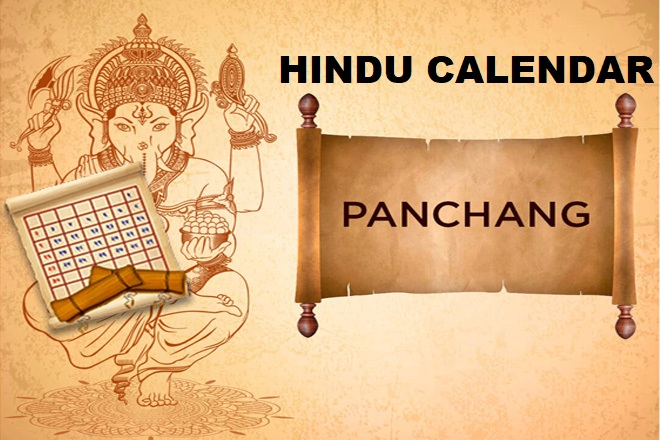Decoding Divine Snakes: Unveiling Sheshnaag and Vasuki
Both Sheshnaag and Vasuki are strong snake deities in Hindu scriptures , frequently linked to Lord Vishnu and Lord Shiva, respectively. The idea of power in Hindu texts can be interpreted in a number of different ways, and diverse tales give varied traits and functions to these serpents. It’s crucial to remember that different texts and traditions can have diverse interpretations of their power.
Sheshnag or Adisesha
Sheshnaag, also known as Ananta Shesha, is frequently referred to be the king of snakes in Hindu scriptures. Lord Vishnu is pictured as sleeping upon Sheshnaag, a multi-headed serpent, during his cosmic slumber. On his numerous hoods, Adisesha is also said to hold the entire cosmos. Sheshnaag’s name, which means “remainder” or “that which remains,” denotes his eternal and fundamental essence in the cosmos. The oldest child of the sage Kashyapa and Kadru is Sheshnag. He was also Nagraj, the snake king. He provides comfort in the form of a bed as a sign of his fervent devotion to Lord Vishnu. Alongside Lord Vishnu, he resides in Kshirsagar. According to stories, Shesha created Vasuki as his heir, and Vasuki created Takshak as a king of snakes. On his horoscope, he has every planet. According to popular belief, the holocaust happens when the Sheshnag goes in the shape of a coil and there is time in the universe when it moves straight.He cooperates with Lord Vishnu during his incarnations and is one of Lord Vishnu’s devotees. Sheshnag, for example, took the form of Lord Lakshman in the Rama avatar of Treta Yuga. Similar to Lakshman, Sheshnag assumed the form of Balram in the Dwapar Yug during vishnu’s Krishna avtar. Sheshnag was shielding Lord Krishna from the rain by becoming his umbrella when Vasudev ji was transporting him to Nand ji’s home in a basket. The snakes Vasuki, Takshak, Padma, Mahapadma, Kaliya, Dhananjay, Shankha, etc. were his other younger brothers.
Vasuki
Vasuki is a prominent snake who was the son of Maharishi Kashyap and was born from Kadru’s womb. Satshirsha was his spouse. It was blessed by the gods and placed on the Nagraj’s post in Nagdhanvatirtha. He lived on Lord Shiva’s body as a passionate devotee of Shiva. When Lord Shiva and Mother Parvati heard that the serpent dynasty was about to be destroyed, they wed their daughter Manasa to Jaratkaru and had their son Astika guard the snakes during Janamejaya’s Nagayagya in order to prevent the serpent dynasty from also being annihilated at the same time. Vasuki served as a rope to bind the mountain during the Samudra Manthan. This tale is frequently portrayed in Hindu literature and the arts as a metaphor for the difficulties and rewards of seeking both earthly and heavenly goods, as well as the harmony between creation and destruction. Vasuki changed into the string for Shiva’s bow during the reign of Tripuradah. Vasuki possesses 5 hoods. Sheshnag, Vasuki’s older brother, and is a devoted follower of Lord Vishnu. Sheshnag is the eldest of the 1000 snakes, followed by Vasuki and Takshak.
Apart from Sheshnaag and Vasuki, there are several strong snake entities (naagas) in Hindu mythology. Here are some noteworthy examples:
Takshaka: The destructive serpent Takshaka is a strong one. He is well-known for his part in the Mahabharata, in which he is crucial to King Parikshit’s demise.
Kaliya: The Yamuna River was home to the poisonous serpent known as Kaliya. In a well-known incident, Lord Krishna defeated him to display his omnipotence.
Manasa: Manasa Devi, a serpent goddess, is reputed to guard against poisonous snake bites and other toxins. She is occasionally referred to as Lord Shiva’s daughter.
Padmaka: Padmaka, a serpent monarch linked with Lord Shiva, is mentioned in the Puranas.
Shesha Bhagavan: Although Sheshnaag is frequently referred to as Ananta Shesha, there are other allusions to Shesha Bhagavan, who is revered as a form of Lord Vishnu and is said to be an incarnation of Sheshnaag.
These are only a few instances of strong snake creatures from Hindu scriptures. Each of them has a unique symbolism and narrative, which adds to the rich and varied tapestry of Hindu Culture. Nag Panchami is a festival worshiping snakes and the god of serpents, according to Hindu customs. On this day, it is extremely lucky to worship snakes. The Naga tribe’s followers worship the reptiles as strong deities and hold them in high regard. According to Hindu literature, Drik Panchang, on the day of Nag Panchami, twelve snakes are worshipped. Anant, Shesha, Vasuki, Padma, Kambal, Karkotak, Ashvatar, Dritrashtra, Shankhpal, Kaliya, Takshak, and Pingal are the names of the twelve snakes. It is also said that those who worship snakes on this day will be freed from Kaal Sarpa Dosh and their fear of serpents.



